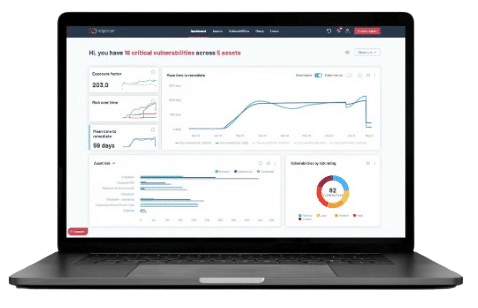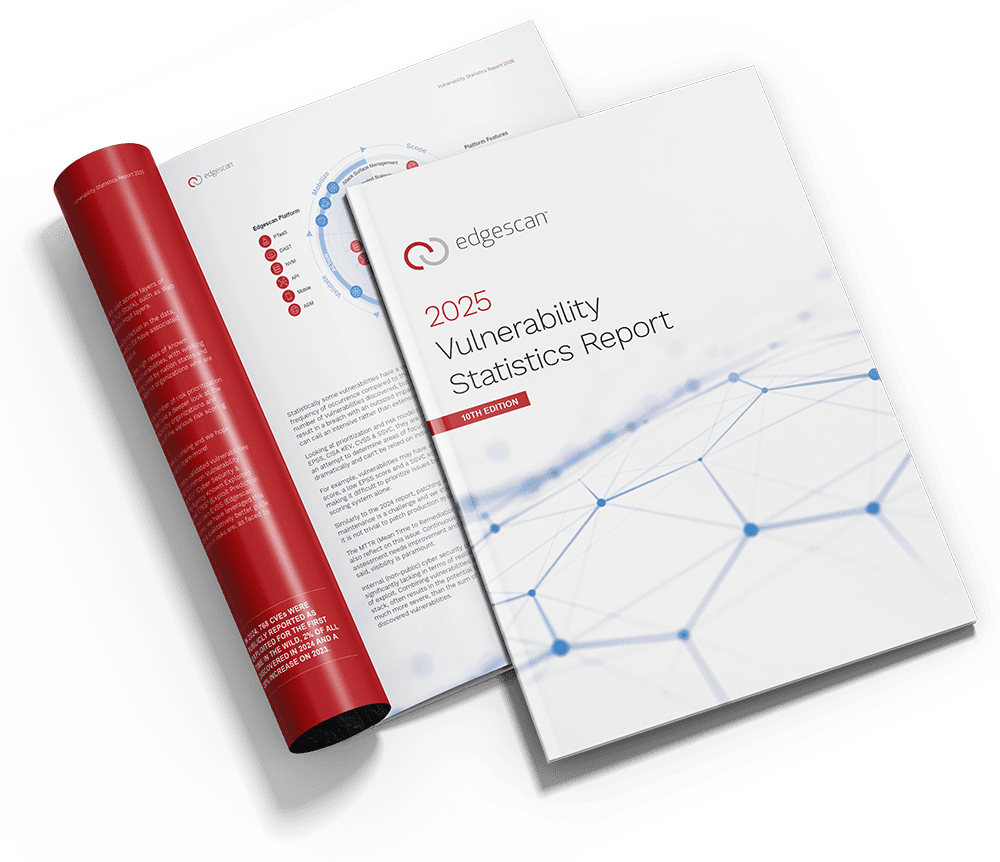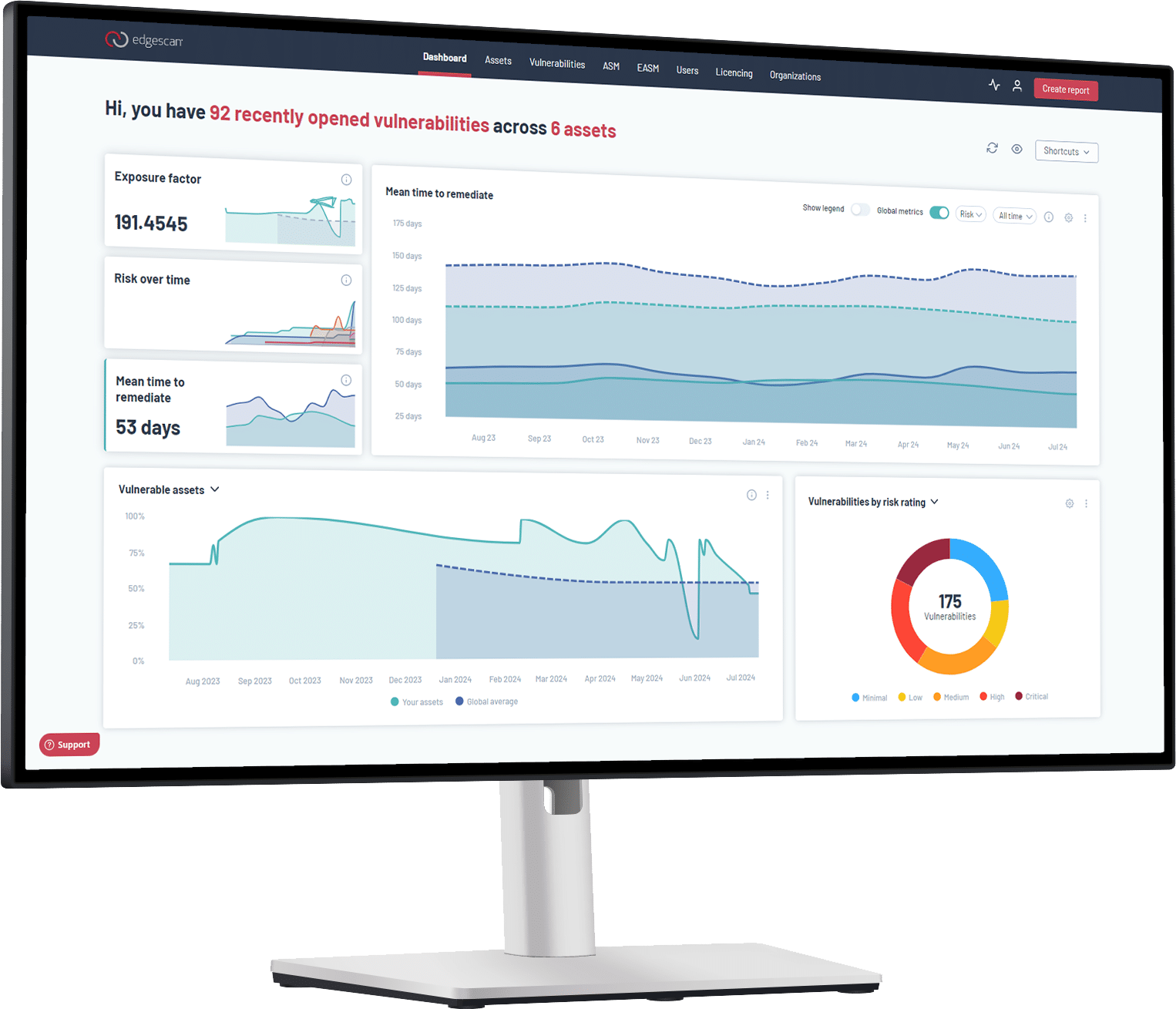Security teams face an impossible challenge. Thousands of vulnerabilities flood their dashboards daily. Most will never be exploited. But buried in that noise are the critical threats that attackers will target next.
Traditional CVSS scores don’t solve this problem. A vulnerability rated 9.8 might sit harmlessly for years while a 6.5-rated flaw gets weaponized tomorrow. Security teams need better intelligence to separate real threats from theoretical risks.
That’s why Edgescan created the eXposure Factor (EXF) – a unified risk score that combines multiple intelligence sources to identify vulnerabilities that actually matter.
The Prioritization Problem
Most vulnerability management relies on CVSS scores alone. These technical severity ratings tell you how bad a vulnerability could be, but not how likely it is to be exploited. The result? Security teams waste time patching theoretical risks while missing active threats.
Organizations need to know which vulnerabilities attackers are actually using. They need predictive intelligence about emerging threats. And they need this intelligence distilled into actionable priorities that fit their limited resources.
What Makes EXF Different
EXF evaluates vulnerability risk on a scale from 0 to 100 by intelligently combining three data sources:
EPSS (Exploit Prediction Scoring System) uses machine learning to estimate exploitation probability. It’s forward-looking and data-driven, helping identify vulnerabilities likely to be exploited soon. However, statistical modeling can sometimes overestimate or underestimate risk.
CISA KEV (Known Exploited Vulnerabilities) catalogs vulnerabilities confirmed to be exploited in the wild. This provides ground-truth validation of active threats. But it’s reactive and limited to known exploits.
CVSS (Common Vulnerability Scoring System) adds technical severity context to complete the risk picture.
The Power of Combined Intelligence
By fusing these data sources, EXF delivers more nuanced and actionable risk scores than any single metric alone:
Predictive Foresight: EPSS identifies vulnerabilities gaining attacker attention before they appear in exploit kits or active campaigns.
Real-World Validation: CISA KEV ensures that confirmed active threats receive immediate priority, regardless of other factors.
Technical Context: CVSS severity helps teams understand potential impact alongside exploitation likelihood.
This layered approach enables organizations to reduce false positives, focus on vulnerabilities with both high likelihood and high impact, and shorten mean time to remediation.
Practical Impact
EXF helps security teams defend more effectively against ransomware and other real-world threats by prioritizing vulnerabilities that attackers actually target. Instead of chasing theoretical risks, teams can focus their limited resources on threats that matter.
The result is faster remediation of critical exposures, reduced alert fatigue, and stronger defense against active attack campaigns.
Strategic Vulnerability Management
In a world where security teams are stretched thin, EXF provides a smarter way to manage risk. By combining the predictive power of EPSS with the real-world accuracy of CISA KEV, enhanced by CVSS technical context, EXF helps organizations stay ahead of attackers rather than just react to them.
Effective vulnerability prioritization isn’t about fixing everything – it’s about fixing the right things first.
Ready to prioritize vulnerabilities that actually matter? Start here.








